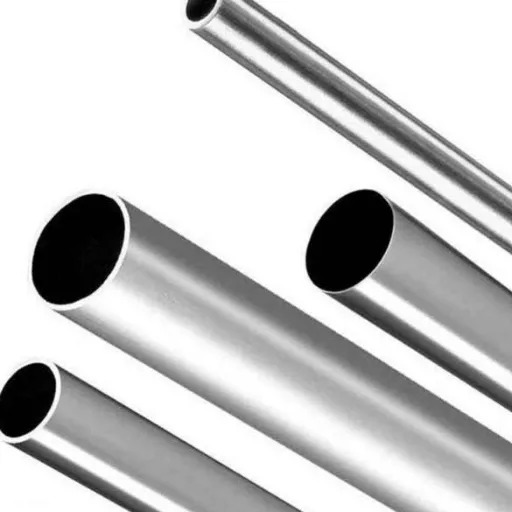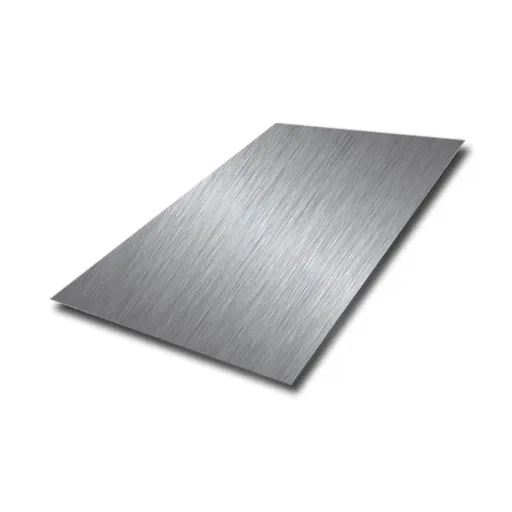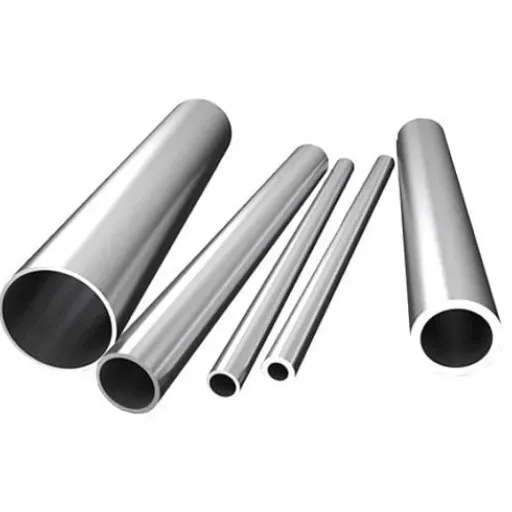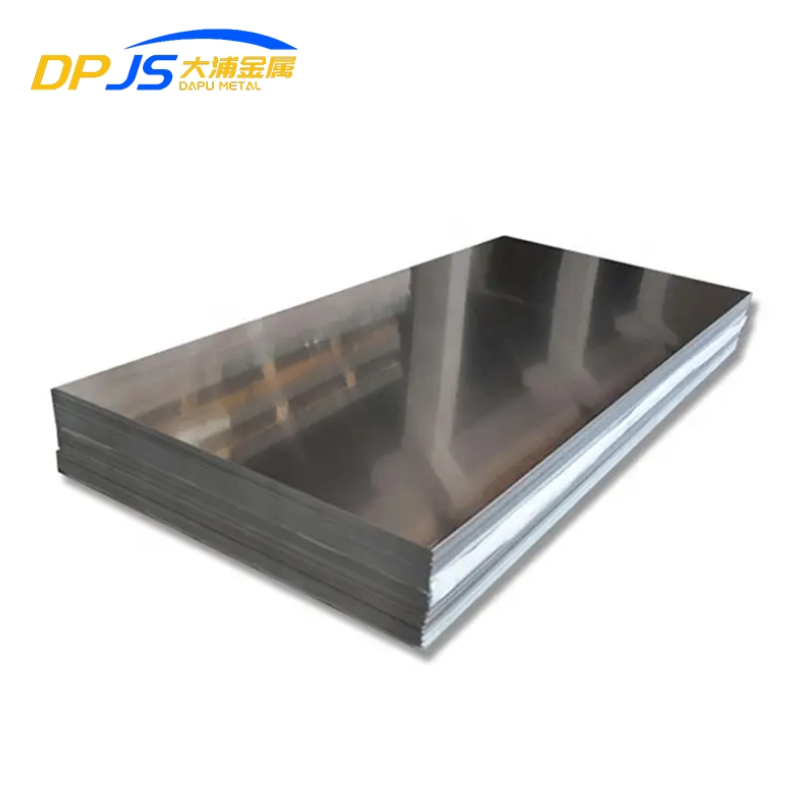Being utilized in a high and varied number of applications, from construction to automotive use to household fixtures, zinc-plated and stainless steel materials have to be chosen accordingly in every instance. On initial inspection, they may seem similar, but the contradictions in the features, strengths, and weaknesses make them prime examples for different applications. It is only upon consideration of the corrosion resistance, durability, and cost-effectiveness of zinc plating versus stainless steel that the best material for the job can truly be selected. This article will analyze the key features of each, how each fares in different conditions, along with some tips that will help you decide on the materials you purchase for a particular application. Whether you are a professional in the field or a manual operator, this immense study will assist you in the confident choice of whichever fits your project.
Introduction to Zinc and Stainless Steel
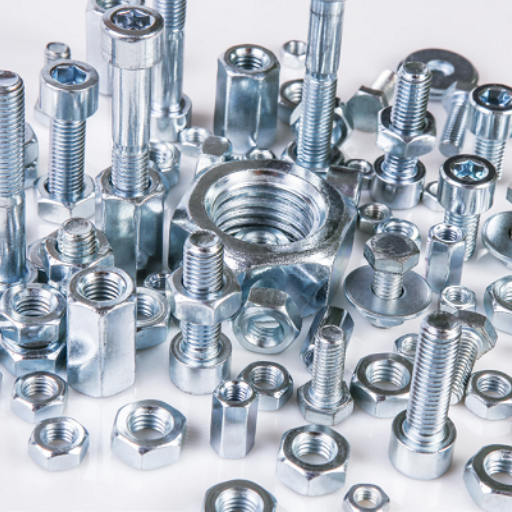
Zinc has many uses and properties, as well as stainless steel, with both being commercial. The dominant merit attributed to zinc is its anti-corrosive properties, as it can develop a shallowness of oxide layer when exposed to the environment. This thin layer of oxide serves as a protective shield against further corrosion, hence the application of galvanizing steel for rust protection. On the other hand, stainless steel is an alloy making iron with chromium and other elements, providing strength and corrosion resistance. Other than a very strong and corrosion-resistant material, it looks beautiful and hence is extremely much in use for structural, industrial, and decorative purposes. The final choice between the two will, in most cases, boil down to the environmental conditions, load, and costs your project demands.
What is Zinc?
Zinc is a chemical element that possesses the trademark or symbol Zn and occupies position 30 in the periodic table. Zinc is an essential trace element in the Earth’s crust and has very much of significance being given to it in biological and industrial utilization opportunities. Zinc provides a bluish-white color. It is brittle at cool room temperature but bends easily when heated. Its usage is mainly for galvanization, meaning it is deposited on iron and steel as a protective coating to prevent corrosion. Zinc also finds applications in the making of alloys like brass and bronze, while die-casting serves the automotive and construction sectors. On the biological scene, zinc is imperative for cell metabolism as it acts as a cofactor for many enzymes and is essential to processes such as DNA synthesis, immune response, and wound healing. The wide range of applications makes zinc an important element in both industrial and biological areas.
What is Stainless Steel?
Stainless steel is a corrosion-resistant alloy mainly made of iron, chromium, and often nickel, with varying proportions of other elements, molybdenum, manganese, and silicon being most common, depending on the grade or application. The characteristic feature of stainless steel is that it resists oxidation and rust, being distinct due to at least 10.5% chromium in its composition. This chromium will form an oxide layer, which is passive and self-healing, such that the stainless steel is very durable even when treated roughly. With respect to strength, thermal resistance, and being hygienic, stainless steel finds great uses in construction, automotive, aerospace, and medical device manufacturing industries. It is also recyclable to a very high degree and this makes it a sustainable alternative in the world of engineering and design today.
Overview of Zinc Alloys and Their Uses
The versatility of zinc alloys lies in their ability to be endowed with an excellent mechanical profile, corrosion resistance, and to impart precision casting. Such alloys mostly consist of zinc along with other metals such as aluminum, copper, and magnesium, among others, to impart unique characteristics for different industrial uses. One of the most widespread zinc alloys is called Zamak, guided by its very good dimensional property, surface finish, and easy workability, providing the best die-cast process possible.
Due to their affordability and woodworking capability, several zinc alloys power the automotive, electronics, and consumer industries. One of the above-plated Zinc alloy uses is in automobile parts. Door handle while brackets require high strength but weight resistance to wear. In the electronics manufacturing sector, zinc alloys are really nice for housings, connectors, and parts that demand intricate designs and precise tolerances. Property developments with new alloy specifications and manufacturing processes now allow for wider and wider application of zinc alloys in traditional and emerging industry clustering.
Properties of Zinc Plated vs Stainless Steel
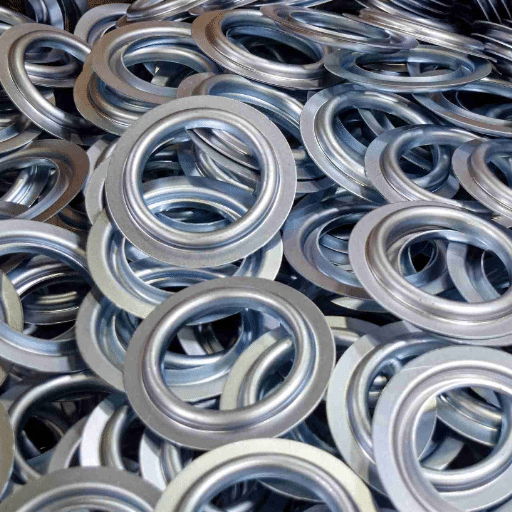
1. Corrosion Resistance
- Zinc Plated:
-
- Zinc plating forms a protective coating that defends the underlying metal from oxidation.
- It is a sacrificial coating since the zinc corrodes first to protect the base material.
- Suitability- considered good for a moderate environment but deteriorates from rust issues in high-ambient-moisture conditions or marine environments.
-
- Stainless Steel:
-
- Corrosion resistance is intrinsic to this metal.
- On exposure, a passivation layer of chromium oxide forms on that surface, giving long-term resistance to rust and chemical wears.
- Ideal for environments with high corrosion rates and outdoor applications.
-
2. Strength
- Zinc Plated:
-
- Generally uses a base metal, steel usually, coated with zinc.
- The strength traits of these coated metals depend on the base metals of which they may have a wide range.
- The zinc plating does not add to the tensile strength of the component.
-
- Stainless Steel:
-
- Because of its very high tensile strength, it is used on demanding structural cases.
- It maintains its mechanical properties in the presence of high temperatures, stresses, or impacts.
-
3. Durability
- Zinc Plated:
-
- Offers moderate durability in that the zinc layer, with time, tends to wear off, limiting its protective ability.
- Vulnerable to scratching, chipping, and abrasion.
-
- Stainless Steel:
-
- Very durable when it comes to wear and physical damages.
- Performs well under cyclic loading, extreme temperatures, and prolonged use.
-
4. Surface Finish
- Zinc Plated:
-
- Provides a bright, reflective surface enhancing its look.
- May be passivated to different finishes: clear, yellow, or black finish for either additional protection or adornment.
-
- Stainless Steel:
-
- Generally polished or brushed, the finish is uniform and smooth.
- Alternative finishes include mirror polish or satin, and matte, each catering to particular design or functional requirements.
-
5. Cost
- Zinc Plated:
-
- Cheaper, especially when applied to huge areas with moderate corrosion resistance.
- Ideal for applications where long-term durability is not critical.
-
- Stainless Steel:
-
- More costly up-front because of the alloy constituent and manufacturing procedures.
- Offers better worth to applications where long service life and low maintenance are musts.
-
Durability and Strength
Both materials, zinc plated and stainless steel, present varying degrees of durability and mechanical strength, essentially dependent on the composition of the material and the application for which it was designed. Zinc-plating strength can be considered medium insofar as it seeks to defend the underlying metal from corrosion. Zinc surfaces will finish by being abraded with time, under specific abrasive circumstances or aggressive chemical environments, to the point that the substrate may begin to corrode.
The other, stainless steel, also gave superior strength and better durability from its inherent proprietary aluminum composition, which is usually composed of chromium, nickel, and molybdenum, which then improve not only tensile strength but also heat resistance to stress cracking and dropping level deformation. Even further, the so-called Stainless steel is self-healing, with the oxide layer continuously acting as an active corrosion shield from being punctured, even in highly saline or high-temperature environments. Mechanical stress for a long time is considered by its performance as an active setter in adverse circumstances, such as the marine industrial environment and structural components in construction.
Weight and Density Comparison
Stainless steel carries a density that usually ranges from 7.5 to 8.0 g/cm³, depending upon the consideration of the specific alloy composition, which position gets it into the higher range of metal density if, by comparison, we are to bunch it against materials such as aluminum, which registers about 2.7 g/cm³ in density. This contributed density of stainless steel makes it illustrious for durability and structural integrity, but the other side did add the six-weight of stainless steel compared with lightweight metals such as titanium (≈4.5 g/cm³). The weight of stainless steel is critical, especially in industries that juggle mechanical performance and load reduction in tandem, such as aerospace and automotive manufacturing; for instance, stainless steel may be cast into thin profiles or coupled with lightweight alloys such that balance in strength and efficiency is achieved where weight saving is critical in structural applications. Being aware of this blend guarantees the best performance from materials suited to precise industrial requirements.
Applications of Zinc Plated and Stainless Steel Fasteners
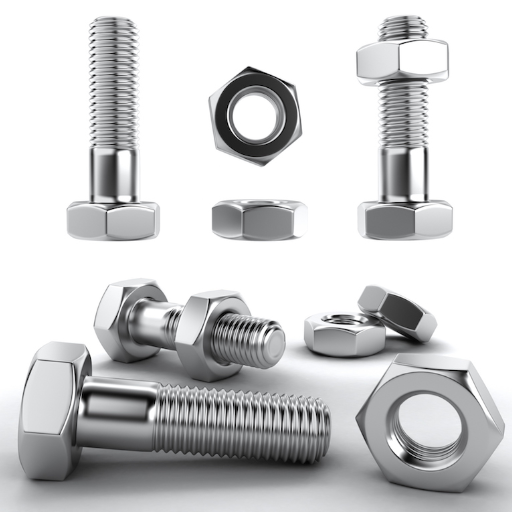
Zinc-plated fasteners find extensive application indoors where corrosion resistance is required but where any possible exposure to aggressive environments is lacking. Common applications range from furniture assembly to household fixtures and light-duty equipment. They are good general-use fasteners due to their low cost and moderate rust protection.
Applications of Stainless Steel Fasteners
- Marine Industry
More often than not, when marine conditions hit stainless steel fasteners, there is a paradox of higher corrosion resistance to saltwater. They are thus used in shipbuilding, anchors, underwater pipelines, and dock construction so they could ensure longer life in harsher coastal and underwater conditions.
- Construction and Infrastructure
Stainless steel fasteners are utilized generally in bridges, highways, and urban infrastructure sites to provide structural stability and withstand environmental wear. In certain cases, for example, 316-grade stainless steel is used for exterior cladding and roofing and structural framework in urban and coastal areas.
- Automotive Industry
Stainless steel fasteners are used in the automotive industry, provided they can remain light but strong, at least in exhaust, engine assemblies, and chassis assembly, and ensure the longevity of the vehicles, while also reducing weight.
- Aerospace Sector
This is the opposite of what stainless steel fasteners require under aerospace applications- strength retaining of conditions of extreme stress, temperatures, and those places where stainless steel fasteners find use in areas where performance and reliability are paramount, such as aircraft fuselage, wings, landing gear, and engine components.
- Food and Beverage Industry
Stainless steel fasteners are used for food processing machines, bottling plants, and commercial kitchens precisely because they are considered hygienic and corrosion-resistant. They are in accordance with particular health, safety, and environmental rules.
Zinc Coated Hardware in Construction
The zinc-coated hardware, often referred to as galvanized fasteners, via modern 21st-century construction, is highly anticorrosive. The hardware is subjected to the process of galvanization-treatment with zinc, mainly by hot-dip or electroplating, on steel or iron. The zinc coating then assumes the status of a sacrificial barrier that gradually oxidizes, preventing the underlying material from rusting and subsequently greatly prolonging its life.
Construction applications of zinc-coated hardware include structural framework, roofing systems, and outdoor facilities exposed to severe weather conditions. According to recent industry data, galvanized steel can outlast over 50 years under rural conditions and about 25 years in the urban and coastal environment, characterized by high moisture. This high degree of durability ensures safety and brings down maintenance costs over time. Apart from this, considerable effort has been given towards advancing modern galvanization with an eye on coating thickness and coating uniformity so as to provide superior performance under diverse environmental stresses. Due to these advantages, zinc-coated hardware forms one of the chief distinctions for obtaining both structural integrity and cost efficiency in construction.
Cost Analysis: Zinc Plated vs Stainless Steel
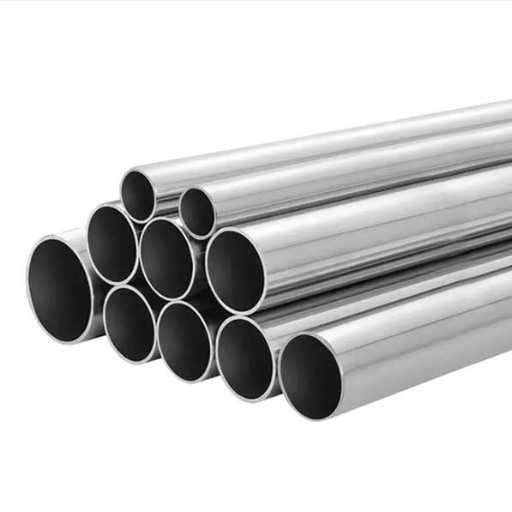
Before comparing zinc-plated and stainless steel components, one must consider both upfront and long-term costs. Zinc plating has an advantage when it comes to upfront costs, being cheaper with respect to material and processing costs. Hence, it is perfect for applications needing short-term solutions or moderate corrosion resistance on a tighter cost scale.
Price Comparisons
The cost of materials like carbon steel and stainless steel must be determined on the basis of initial purchase price and on the ability of maintenance and durability throughout their lives. Of course, carbon steel is cheaper than most; its prices fluctuate with grades and composition, considering it mainly a low-cost solution for projects demanding large-scale use within a controlled environment. On the downside, periodic maintenance, protective coatings, or replacements might sometimes push expenses.
Contrarily, stainless steel carries a very high initial cost, a price ranging almost twice or thrice that of carbon steel according to the alloy and finish. This premium is paid for with stainless steel’s superior performance, well-documented corrosion resistance, low maintenance, and long life. Industries or applications that have to weather constant harsh environments—think marine situation, chemical process, or medical apparatus—the stainless steel option, when looked at from the lifecycle cost mite, definitely stands out as being more feasible.
Long-term Cost Considerations
Conclusion: Choosing Between Zinc Plated and Stainless Steel
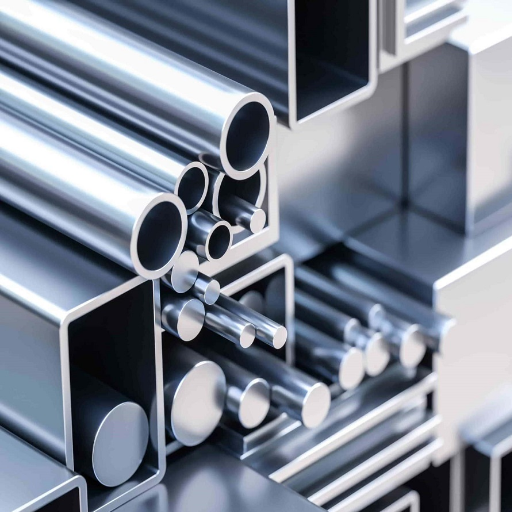
Compare the Differences: Zinc Plated vs Stainless Steel
|
Key Point |
Zinc Plated Steel |
Stainless Steel |
|---|---|---|
|
Corrosion Resistance |
Moderate, prone to rust over time |
High, excellent rust resistance |
|
Durability |
Lower, coating can wear off |
Very high, long-lasting material |
|
Strength |
Adequate for light-duty applications |
Superior, suitable for heavy-duty uses |
|
Maintenance |
Requires periodic upkeep |
Low, minimal maintenance needed |
|
Appearance |
Shiny silver, may fade with time |
Maintains sleek finish over time |
|
Cost |
Lower initial cost |
Higher upfront investment |
|
Environmental Conditions |
Best for dry or indoor use |
Ideal for harsh environments |
|
Lifespan |
Shorter, coating limits longevity |
Longer, can last decades |
|
Recyclability |
Limited |
Highly recyclable and eco-friendly |
|
Heat Resistance |
Moderate tolerance to heat |
Excellent high-heat resistance |
When to Choose Zinc Plated Over Stainless Steel
Zinc plating works best when costs constitute the major consideration and environmental conditions are not very onerous. For indoor use or locations with minimal moisture and humidity exposure, zinc plating offers sufficient corrosion resistance at a lower price than stainless steel. Temporary structures, fasteners for non-critical systems, and decorative applications requiring appeal over long-term serviceability could be used.
Reference Sources
-
Zinc Plating Overview (galvanizeit.org): Zinc plating involves electro-deposition of zinc onto small parts like fasteners and springs. It provides mild corrosion resistance, suitable for indoor or mildly corrosive environments.
-
Zinc Alloys vs Stainless Steel (precisecast.com): Zinc alloys are cheaper and easier to work with but are more prone to corrosion compared to stainless steel. Zinc alloys are preferred for cost-sensitive, large-scale manufacturing.
-
Galvanized Steel vs Stainless Steel (engineering.stackexchange.com): Zinc plating is cost-effective but less resistant to corrosion and high temperatures compared to stainless steel. Stainless steel is more durable and maintains its protective properties even when scratched, making it suitable for harsher environments.
Frequently Asked Questions (FAQs)
Q: What is the main difference between zinc plated and stainless steel?
A: The main difference lies in their composition and corrosion resistance. Zinc plated items are typically made from carbon steel and coated with a layer of zinc to prevent rust, while stainless steel is an alloy primarily composed of iron, chromium, and other elements that provide greater strength and corrosion resistance.
Q: Are zinc coated fasteners as strong as stainless steel fasteners?
A: No, stainless steel fasteners are significantly stronger than zinc coated fasteners. While zinc hardware can be adequate for certain applications, stainless steel offers superior strength and longevity, especially in harsh environments.
Q: How does galvanization affect the properties of zinc alloys vs stainless steel?
A: Galvanization, which involves coating steel with zinc, helps prevent rust. However, zinc alloys are generally less durable than stainless steel. Stainless steel is more resistant to corrosion and has a longer lifespan, particularly in environments where rust is a concern.
Q: Can galvanized steel be used in the same applications as stainless steel?
A: While galvanized steel can be used in similar applications, it may not perform as well as stainless steel in terms of strength and corrosion resistance. For projects requiring high durability and exposure to moisture, stainless steel is often preferred.
Q: Is stainless steel vs zinc more cost-effective for construction projects?
A: Generally, zinc coated materials are cheaper than stainless steel. However, the initial lower cost of zinc may lead to higher long-term expenses due to the potential for rust and replacement needs, making stainless steel a more cost-effective choice over time.
Q: What are the common uses for zinc alloys vs stainless steel?
A: Zinc alloys are commonly used for nuts and bolts, washers, and various hardware applications where corrosion resistance is needed but the strength requirements are lower. Stainless steel is often used in applications that demand higher strength and corrosion resistance, such as in marine environments or medical equipment.
Q: How does the layer of chromium oxide in stainless steel compare to zinc’s protective properties?
A: The layer of chromium oxide in stainless steel provides exceptional corrosion resistance, making it less prone to rust compared to zinc coatings. Zinc relies on its coating to prevent corrosion, which can wear off over time, exposing the underlying metal.
Q: What is galvanic corrosion, and how does it relate to stainless steel vs zinc?
A: Galvanic corrosion occurs when two different metals come into contact in the presence of an electrolyte, leading to accelerated corrosion of one of the metals. When stainless steel is paired with zinc, the zinc may corrode faster due to its lower position in the galvanic series, making careful material selection important.

